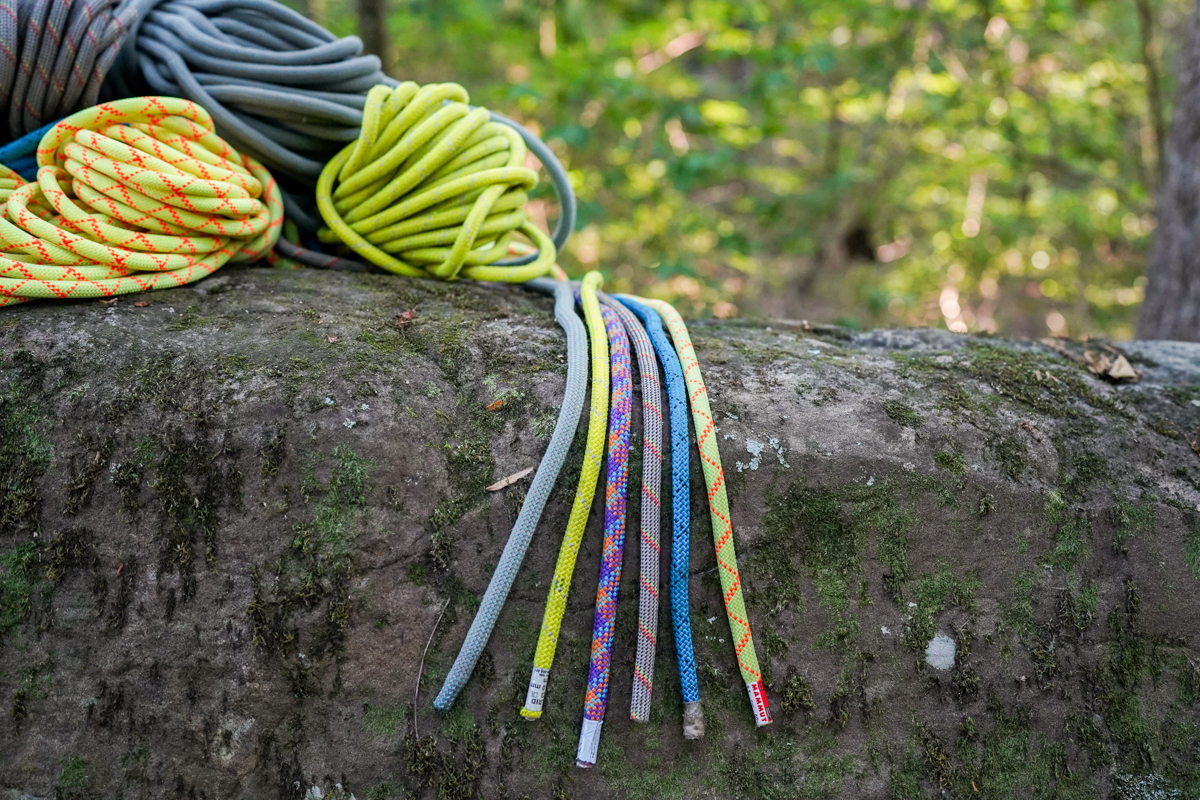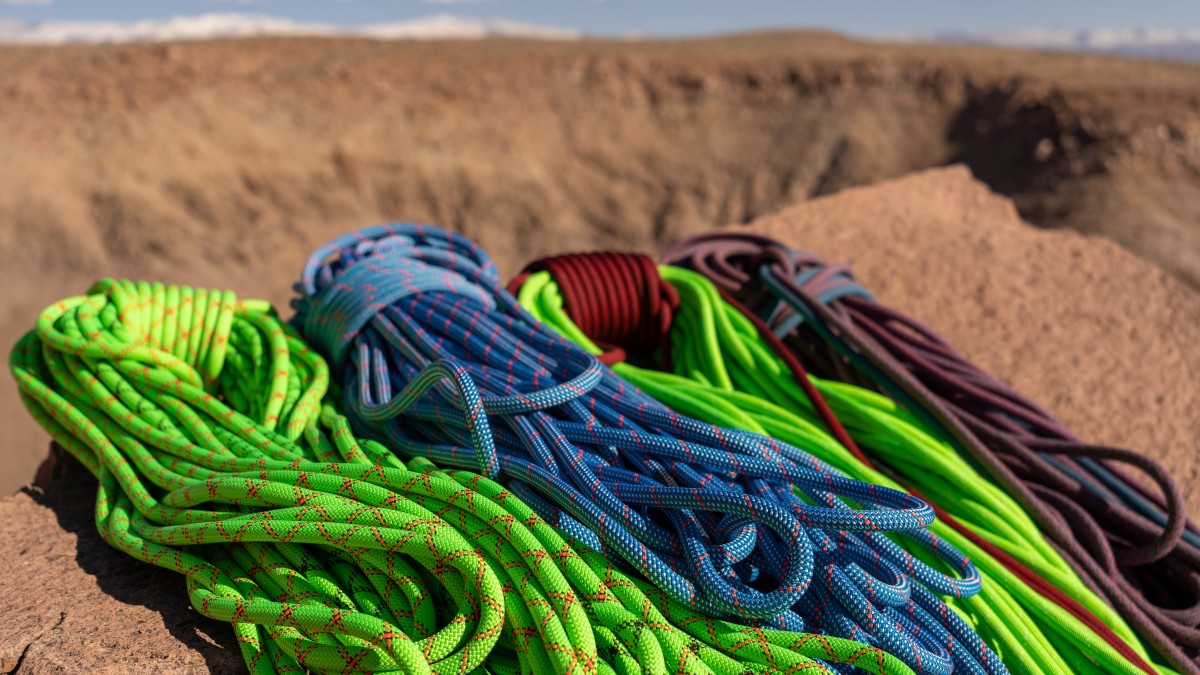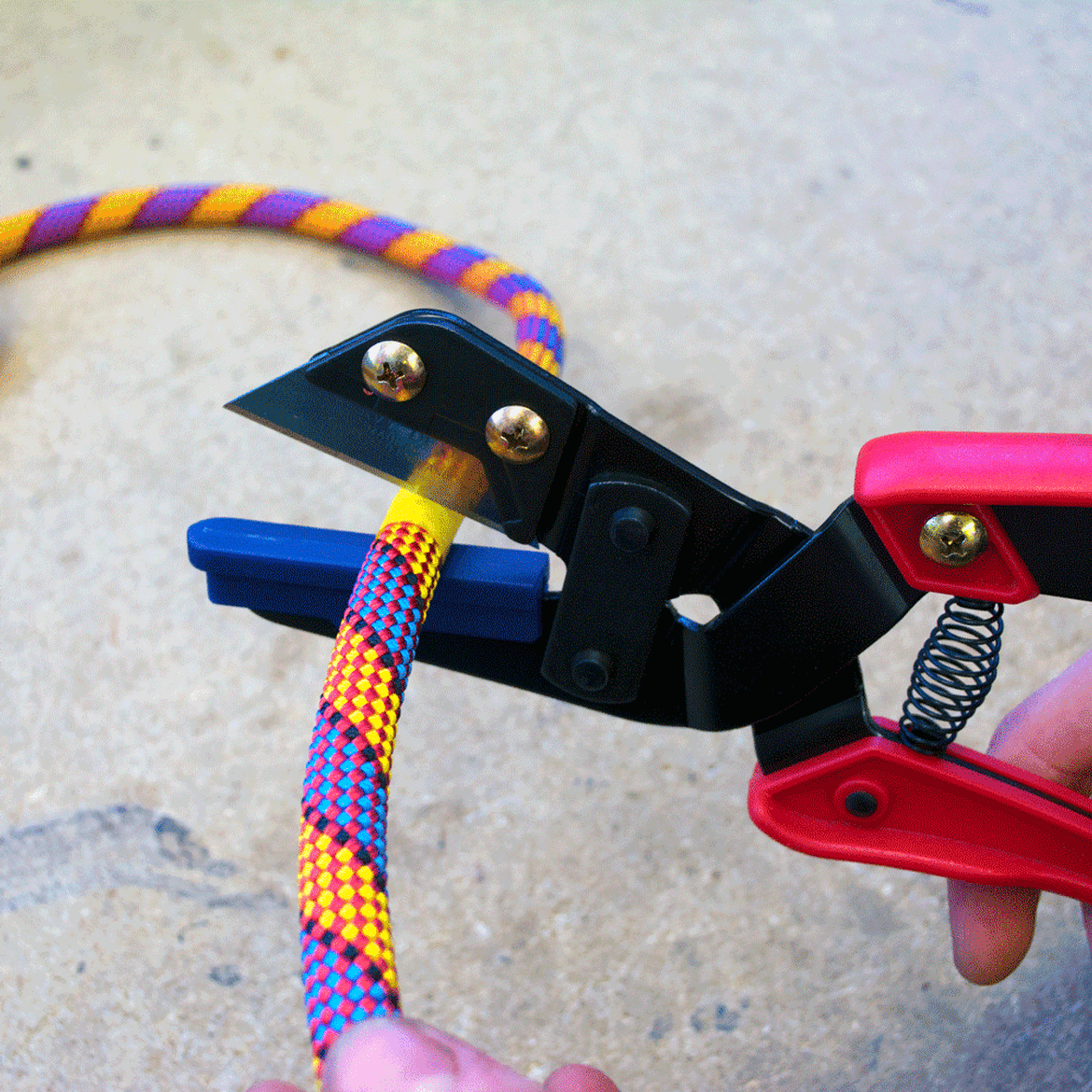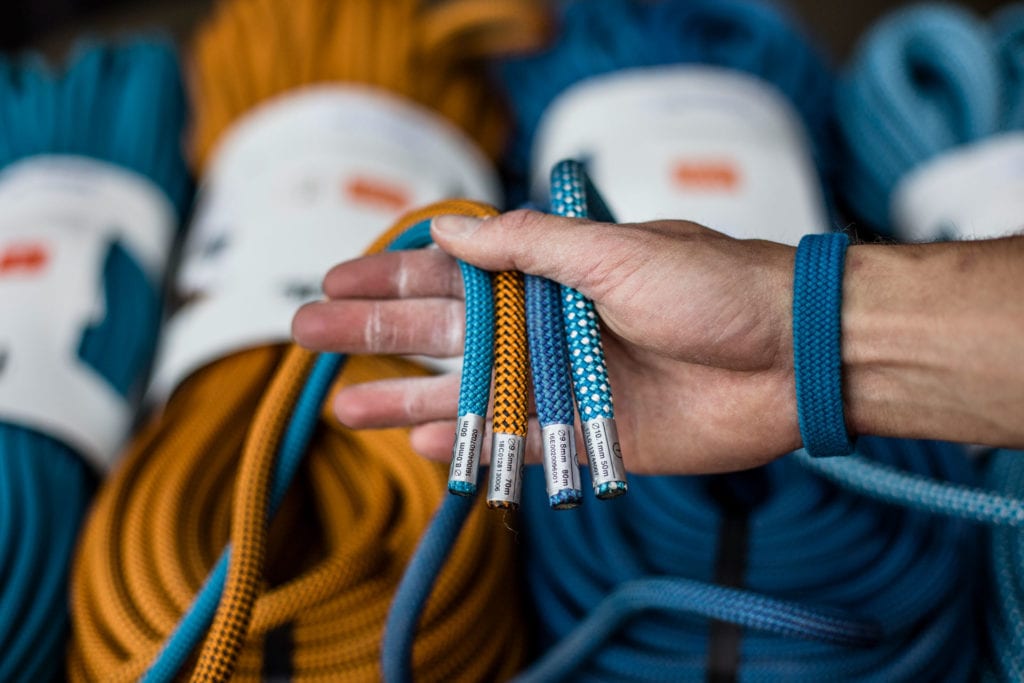Selecting the right climbing rope and caring for it properly is essential for safety, performance, and longevity on the wall. Whether you’re a sport climber, trad climber, or preparing for alpine adventures, understanding dynamic vs. static ropes, choosing the correct diameter and length, and following proper rope care practices will help you climb with confidence. At Vertical Addiction, we carry a wide range of ropes and climbing gear to suit every climber’s needs.
Understanding Dynamic vs. Static Ropes
One of the first decisions in rope selection is choosing between dynamic and static ropes.
-
Dynamic ropes are designed to stretch under load, absorbing the impact of a fall. They are essential for lead climbing, sport routes, and trad climbing where falls are possible.
-
Static ropes have minimal stretch and are ideal for rappelling, hauling gear, caving, or rescue scenarios. They are not recommended for lead climbing because they do not absorb impact forces.
For most climbers building a first rack, a dynamic single rope is the standard choice. Pair it with a reliable harness and belay device for a complete safety system.
Choosing the Right Diameter

The diameter of a rope affects its handling, durability, and performance:
-
Thin ropes (8.5–9.5mm): Lightweight and ideal for sport climbing or alpine routes where every gram counts. These ropes are easier to carry but may wear faster and be less durable.
-
Mid-range ropes (9.6–10.2mm): A versatile choice suitable for both sport and trad climbing. They balance durability and handling.
-
Thicker ropes (10.5–11mm): Extremely durable, ideal for heavy use in gyms or multi-pitch trad climbing where abrasion is common.
Selecting the correct diameter also affects compatibility with your belay device and carabiners, so always check manufacturer recommendations.
Selecting the Right Length

Rope length is another crucial factor. Common lengths include 60m, 70m, and 80m, though shorter or longer options exist:
-
60m ropes: Common for sport climbing and single-pitch routes. Lightweight and easy to handle.
-
70m ropes: Offer extra length for longer routes or multi-pitch climbs. Popular in both sport and trad settings.
-
80m+ ropes: Required for longer multi-pitch or alpine climbs. Consider handling and weight when carrying.
Your rope choice should match the route lengths in your local area or climbing objectives. Pair your rope with a durable rope bag to protect it from dirt, abrasion, and UV exposure.
Rope Care Essentials

Proper rope care extends its life and keeps you safe:
-
Avoid sharp edges and abrasive surfaces: Protect your rope from rock edges and rough surfaces whenever possible. Use rope protectors or pads.
-
Store ropes properly: Keep ropes in a dry, cool place away from direct sunlight. Avoid storing them in damp or dirty environments.
-
Clean ropes when necessary: Use lukewarm water and a mild detergent, avoiding harsh chemicals. Rinse thoroughly and air-dry in the shade.
-
Inspect before every climb: Check for frays, cuts, soft spots, or core damage. Replace ropes immediately if any damage is found.
-
Avoid chemical exposure: Keep ropes away from acids, solvents, and other chemicals that weaken fibers.
For a deeper dive into proper maintenance and rope longevity, check out our guides on Complete Climbing Gear Guide: Building Your First Rack for Sport vs. Trad Climbing and Seasonal Climbing Gear: Transitioning from Rock to Ice and Mixed Climbing.
Rope Systems: Single, Half, and Twin

Climbers can choose between different rope systems depending on their climbing style:
-
Single ropes: Used alone and ideal for sport and trad climbing on single-pitch or multi-pitch routes.
-
Half ropes (double ropes): Paired ropes clipped alternately into protection. Useful for wandering routes, multi-pitch climbs, and reducing rope drag.
-
Twin ropes: Both ropes are clipped into every piece of protection. Provide redundancy and are commonly used in alpine or ice climbing.
Your rope system choice will influence the rest of your rack, including protection gear, slings and webbing, and ascenders/descenders.
Complementary Gear for Your Rope Setup
A rope is only as effective as the system around it. Consider pairing your rope with these essential climbing items:
-
Harnesses: Ensure proper fit and comfort for long climbs. See our harness collection.
-
Belay devices: Choose compatible devices from our belay device and accessories category.
-
Carabiners and quickdraws: Essential for clipping and building anchors. Shop carabiners & quickdraws.
-
Helmets: Protect yourself from falling debris with climbing helmets.
-
Chalk and chalk bags: Maintain grip and control with our chalk & chalk bags.
-
Rock climbing accessories: Brushes, nut tools, and other essentials are available in rock climbing accessories.
-
Training tools: Strengthen your climbing-specific muscles using training equipment.
Ropes also work in conjunction with slings and webbing for building anchors, extending protection, and reducing rope drag.
Choosing Ropes Based on Climbing Style
Sport Climbers:
-
Single dynamic rope in the 9.6–10.2mm range is ideal.
-
Rope length of 60–70m is usually sufficient.
-
Pair with lightweight harness, quickdraws, and belay devices for maximum efficiency.
Trad Climbers:
-
Consider 9.8–10.5mm dynamic ropes for durability.
-
Longer ropes (70–80m) for multi-pitch and wandering routes.
-
Invest in half or twin ropes for alpine or complex lines.
-
Combine with cams, nuts, and slings for anchor building.
Seasonal Considerations
Rope care and selection also depend on seasonal conditions. For example, transitioning from rock climbing in summer to ice or mixed climbing in winter requires additional considerations:
-
Ice climbing: Thick static ropes or twin systems may be needed for belays and rappels.
-
Mixed climbing: Longer ropes, combined with slings and protection gear, help navigate varied terrain safely.
For a detailed guide, read our post on Seasonal Climbing Gear: Transitioning from Rock to Ice and Mixed Climbing.
Shopping Rope and Climbing Gear at Vertical Addiction
At Vertical Addiction, we offer a full selection of climbing ropes, rope bags, and complementary gear for all types of climbing. Whether you’re building your first rack, upgrading your rope setup, or preparing for multi-pitch adventures, our curated collection ensures you’ll find the right products:
Final Thoughts
Choosing the right climbing rope and maintaining it properly is one of the most important aspects of climbing safety. By understanding dynamic vs. static ropes, selecting the correct diameter and length, and caring for your rope with proper storage and inspection, you ensure both safety and longevity. Combine your rope with high-quality harnesses, belay devices, protection, and other essential gear to build a complete system you can trust.
For more guidance on building your climbing rack and seasonal gear considerations, check out our posts on Complete Climbing Gear Guide: Building Your First Rack for Sport vs. Trad Climbing and Seasonal Climbing Gear: Transitioning from Rock to Ice and Mixed Climbing.
With the right rope and equipment from Vertical Addiction, you’ll be ready to tackle your next climb safely, efficiently, and confidently.






